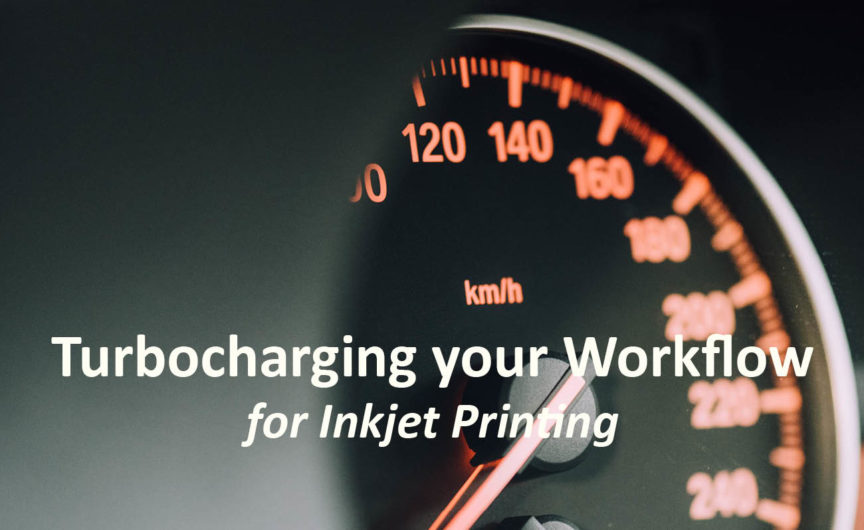At the recent Inkjet Summit there were a host of presentations that focused on the business of selling inkjet print and success stories from companies that have adopted the technology to grow their business. Each session brought insight into the publication, commercial, transaction, direct mail and in-plant segments. While the hardware that informs inkjet printing is essential, the workflow software that supports the hardware is an equal partner.
Let’s start with the basics. Every part of the business has workflows. Accounting has a workflow. Marketing has a workflow. Shipping has a workflow. Production has a workflow. Within those workflows should be handoff points to external processes. Accounting should be able to see when a job is complete and delivered so that they can invoice. They should also be able to see change orders that come in and assign incremental charges. Sales should also be able to see change orders, as should everyone in the workflow responsible for scheduling and delivery.
Workflow is built on data. Data is captured during the sale and fed into the workflows that set the customer up in the business system or updates an existing customer record with the order information. The order data is vetted by the workflow that takes the job onboard and ensures it is complete so that it can be passed into the next workflow, sometimes gaining even more data along the way. There will be data that informs the job preparation and the job scheduling. There will be data that informs the color management decisions. There is inventory data that confirms the availability of the needed substrates.
The perfect workflow for your inkjet production environment must be able to use available data from each touchpoint to inform decisions and it must be able to pass that data on to the next process. Both automated and manual workflows need data to ensure that the best next step is taken, but an automated workflow is preferred. It starts with estimating and quoting (if you do that) or at the point where the job costing is being built for regular contract work. If you charge what you have always charged, you may be leaving money on the table.
This perfect workflow can correctly interpret the data for a job to invoke the best processes for efficiency, which saves you money. For example, if a job lands in the onboarding queue that is tagged to describe the job as a direct mail postcard, the data should reflect a postcard layout and size, and the data for the substrate selected should be part of a class of substrates tagged as suitable for mailing. If any of the data associated with the file does not align with the policies associated with a postcard print job, a new set of processes should begin to correct the file, it’s specifications, or the data that pegged it as a postcard.
The perfect workflow for inkjet should include policies that automatically preflight the job to ensure that all resources needed to print are available to the job. The most common problems found in preflighting are that fonts are missing or have been incorrectly specified or that images are included that do not meet the requirements for print. For example, 72 dpi images normally used for the website or mobile marketing are often included in the print file. The other end of that resolution spectrum is sometimes found, as well. For example, images built for use in other commercial work that requires higher resolution might be included in a job targeted for your inkjet press that prefers 300dpi or 600dpi files.
We can go deeper, but we’ll stop here for the moment. If you have inkjet technology or you are looking at inkjet technology, this is the time to look at your ability to feed that device efficiently. Don’t stop there, however. You will want to look at how you capture data in your process and how you use it. If you are not capturing data, this is a great time to look at what data is available, how to capture it, and what to do with it.
It’s all workflow. Every workflow in your business can help you become more efficient if you capture the data, analyze the data, and set up your systems for efficiency. And, there are consequences if you don’t!
When you aren’t running an efficient workflow, and then you add a highspeed inkjet press to your production environment, inefficiencies multiply. Scheduling becomes harder, not easier. Mistakes in quoting and estimating magnify the amount of money left on the table. Take the time now to turbocharge your workflow, build your margin, and grow your business!
Remember, there are a million questions in inkjet city! Have a question for Pat? Get in touch.

